- Download a PDF of this Press Release
- After reading this Press Release, explore the Voyage National Program Website, the current Network of Voyage Communities, and the Available Exhibitions page.

Voyage Mark II Exhibition Available for Permanent Installation Spring 2025
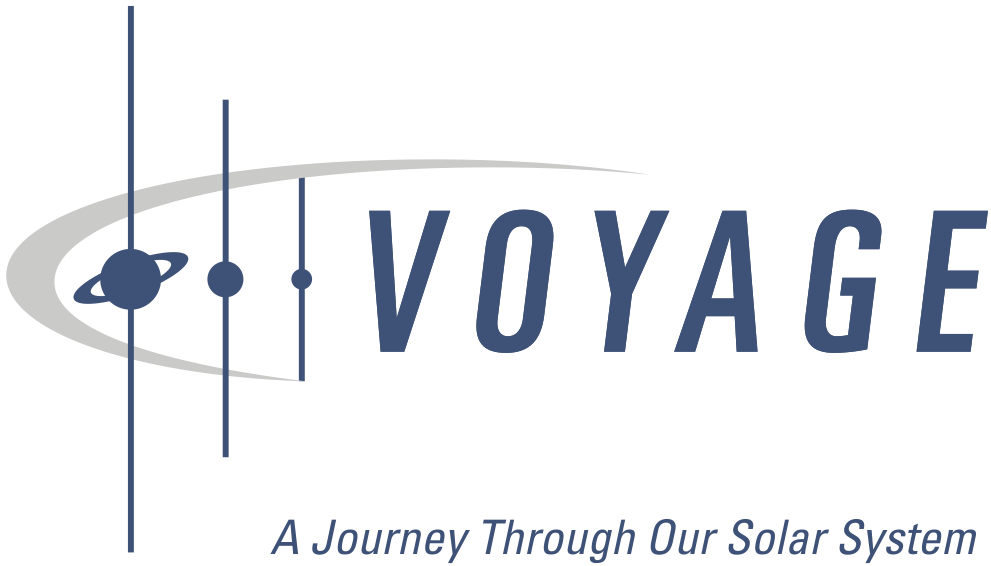 Opportunity for a Community to Engage Students, Families, and the Public at Large in an Outdoor STEM Experience in the Space Sciences
Opportunity for a Community to Engage Students, Families, and the Public at Large in an Outdoor STEM Experience in the Space Sciences
For Immediate Release
May 22, 2024
Time Sensitive: for installation as early as Spring 2025, interested colleges, museums/science centers, school districts, and local government organizations are directed to inquire as soon as possible
Contact: Dr. Jeff Goldstein, Voyage National Program Director
Center Director, National Center for Earth and Space Science Education, jeffgoldstein@ncesse.org
The National Center for Earth and Space Science Education and Exhibitology LLC are inviting communities across the U.S. to explore permanent installation of a Voyage Mark II Scale Model Solar System as part of the Voyage National Program. The Arthur C. Clarke Institute for Space Education is extending this invitation to communities across Canada.
The exhibition is a 1 to 10-billion scale model of the Solar System that balances sculpture with a deep conceptual understanding of Earth’s place in space. The planets and large moons are laser sculpted in 3D inside crystal block, and high resolution full color storyboards carry compelling text and imagery.
Local organizations with an interest in STEM education, and experiential learning more generally, are invited to consider installing a Voyage on a college campus, in a local park, along a walking path, or along a downtown street. The exhibition is designed to serve as a community focal point for STEM education – for students, families and the general public.
There are currently 15 permanently installed Voyage exhibitions, 4 on community college campuses; 3 on 4-year university campuses; 3 at museums/ science centers; 1 on a school district campus; 1 in a city park; and 3 along cityscapes. An additional 3 more Voyages are to be installed in 2024.
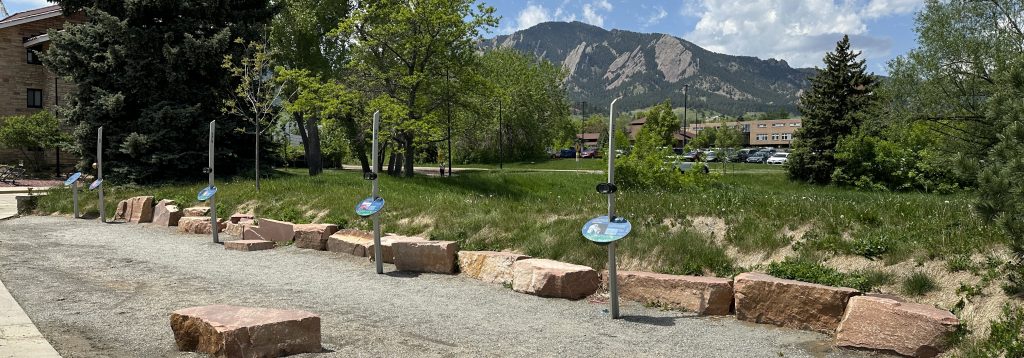
Voyage inner Solar System on the campus of the University of Colorado – Boulder. Click on image to Zoom
The exhibition is ADA compliant, and a secondary tactile scale model solar system on the storyboards allows the blind and vision impaired to have as rich an experience as other visitors. A tour brochure promotes self-guided inquiry-based exploration of the Solar System, and online content resources for both teachers and parents extend the Voyage experience beyond the exhibition site. A grade K-12 curriculum on Solar System science allows a visit to Voyage to be placed in the context of a multi-week classroom unit on the Solar System.
- a college or university can incorporate the Voyage experience into non-science major classes in astronomy and geology; designate campus as a STEM education destination site for pre-college student groups and classes, introducing these students to an undergraduate setting; and add a sculptural element to the campus experience (see University of Colorado – Boulder, University of Memphis, and Spokane Falls Community College)
- a museum or science center can extend learning experiences to outdoor spaces, and beyond normal operating hours (see Mark I exhibition in Houston, and Palo Alto, CA)
- a school district can install Voyage on a corridor between schools (see Broken Arrow, OK); provide tours district-wide led by student explainers; and enhance a tour with the Voyage K-12 curricular lessons for grades: K-2, 3-5, 6-8, and 9-12
- city government can use Voyage as both a sculptural and educational experience along a 2,000 ft path, and invite new visitorship to a business district (See Mark I exhibition in Kansas City, MO)
- a park can provide a greater view of the natural world, with the exhibition fostering an understanding of Earth’s place in the Solar System, and providing a context for planets visible in the night sky (see Dover, NH)
This is also an invitation to become part of a network of Voyage Communities, all sharing a common heritage of Voyage on the National Mall in Washington, DC, and sharing programmatic recipes for success with each other.
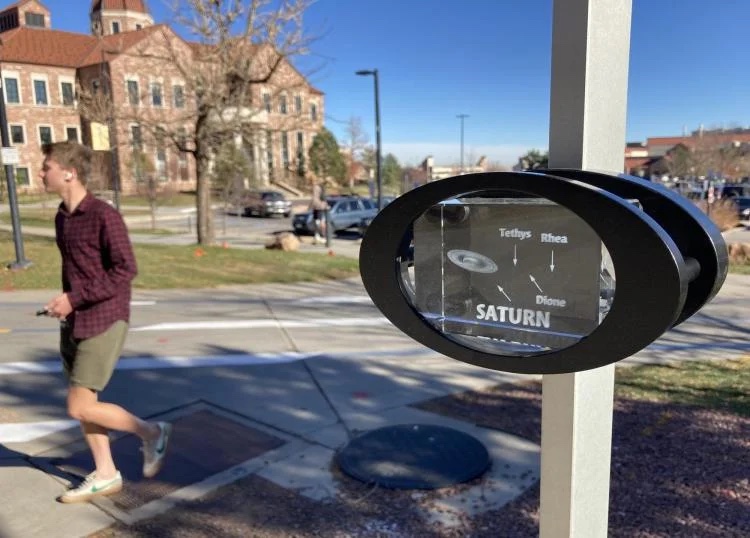
Voyage at the University of Colorado Boulder Campus; close-up of Saturn and its moons laser-sculpted at high resolution in solid crystal block; the ring plane disappears from view when viewed edge on; click to zoom
Background – Voyage on the National Mall in Washington, DC
In October 2001 a 1 to 10-billion scale model of the Solar System was permanently installed on the National Mall in Washington, DC, between the U.S. Capitol and Washington Monument. Located along a 2,000-foot path in front of the Smithsonian Institution – from the National Air and Space Museum to the Smithsonian Castle – 13 stanchions allow the visitor to explore the Solar System from the Sun out to the dwarf planet Pluto.
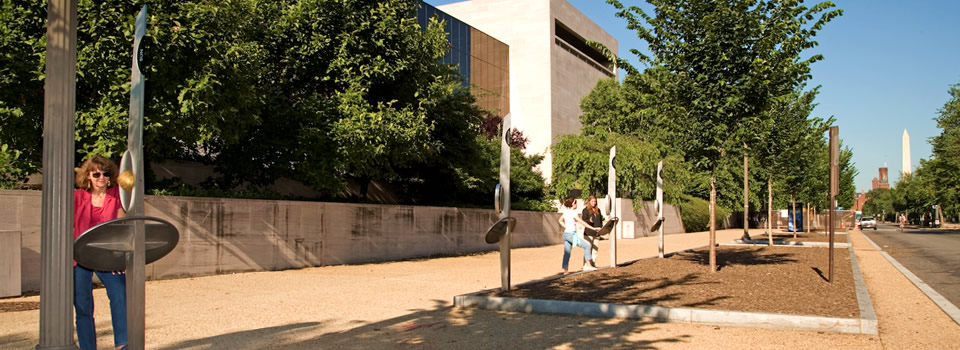
Voyage Mark I Exhibition in Washington DC. The inner Solar System is in front of the Smithsonian National Air and Space Museum. Pluto is 2,000 ft beyond, near the Smithsonian Castle Building, in the direction of the Washington Monument. click to zoom
Appropriately called Voyage, the exhibition allows visitors to leave our Earth and gain a profound conceptual understanding of humanity’s place in a greater space, in a way that only a scale model of the Solar System can convey. Approved by the U.S. Commission of Fine Arts and the National Capital Planning Commission for placement on this reverential ground, the commissioners also recognized a deeper objective – Voyage would celebrate our remarkable capacity as a race of explorers to decipher our place in space, and through scientific inquiry, reveal the majesty of the universe. They viewed this as a story that would captivate young and old, appeal to the millions of annual international visitors to the National Mall from across the planet, and inspire a new generation to find their way to the frontiers of human exploration – so they may continue the voyage.
Given the story of our existence knows no national boundaries, the intent was that Voyage would be replicated and permanently installed at 100 sites across the U.S. and around the world. The National Center for Earth and Space Science Education therefore established the Voyage National Program to bring this experience to communities everywhere. The Mall Exhibition – the Mark I Exhibition – while available, is expensive for replication given the unique constraints imposed by the Commissions in DC. The Center and Exhibitology have therefore designed a lower cost Voyage Exhibition – the Mark II – that preserves the design aesthetic of Voyage on the National Mall. The Voyage Mark II is available for potential installation in Spring 2025.
Through these programs we want to invite your community to take this voyage with us.
We all share this world, are charged with its stewardship, and through education believe that it should be the birthright of all our children to understand the story of our existence. We invite you to take a Voyage that will forever change your perspective of home.
I say!” murmured Horton. I’ve never heard tell
Of a small speck of dust that is able to yell.
So you know what I think?… Why I think that there must
Be someone on top of that small speck of dust!
Some sort of creature of very small size,
Too small to be seen by an elephant’s eyes…
—Dr. Seuss, Horton Hears a Who!, 1954.
The Voyage Experience – Voyage Exhibition Opening in Kansas City
Watch this video for an understanding of the experience for visitors to a Voyage exhibition.
Dr. Jeff Goldstein, Voyage National Program Director
Kauffman Conversations – Highlight Interviews with thought leaders whose ideas and insights are changing society
Ewing Marion Kauffman Foundation
To consider this opportunity for your community, explore the Voyage National Program website, the current Network of Voyage Communities, and the Voyage Mark II Exhibition page.
The Voyage National Program (VNP) is a program of the National Center for Earth and Space Science Education (NCESSE) in the U.S., and the Arthur C. Clarke Institute for Space Education internationally. It is enabled through a strategic partnership with Exhibitology LLC.
Big Kid Science is a National Partner on the Voyage National Program.

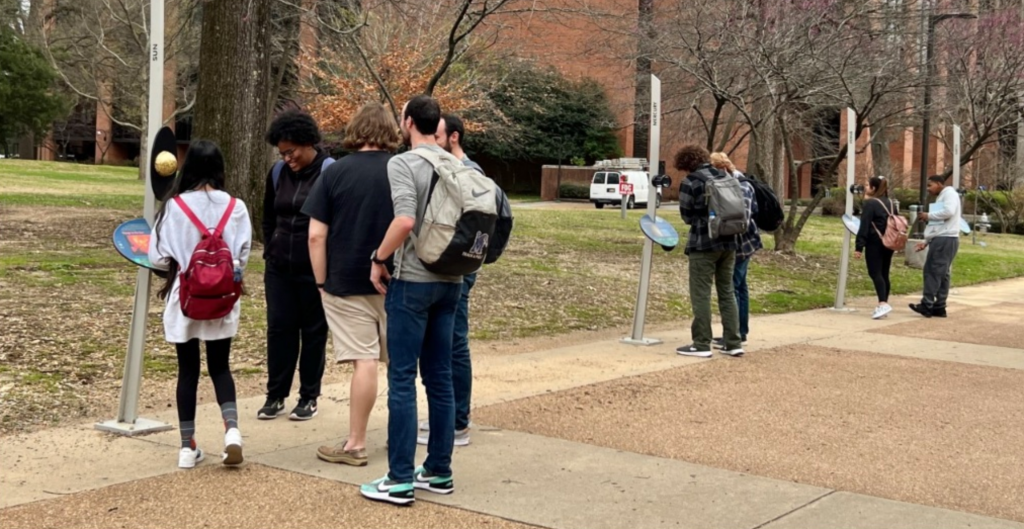
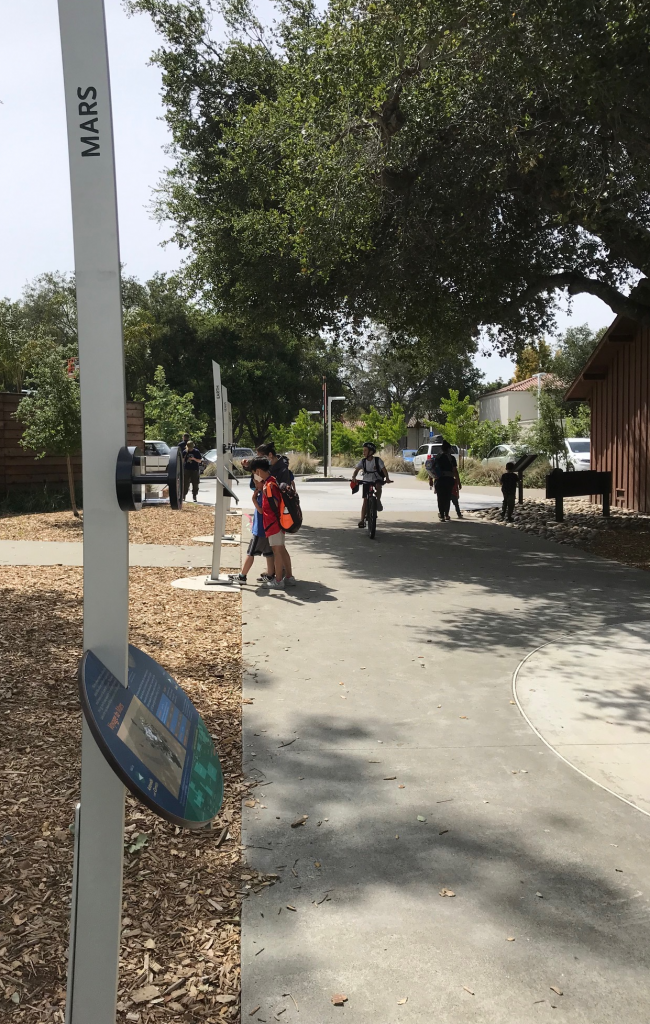
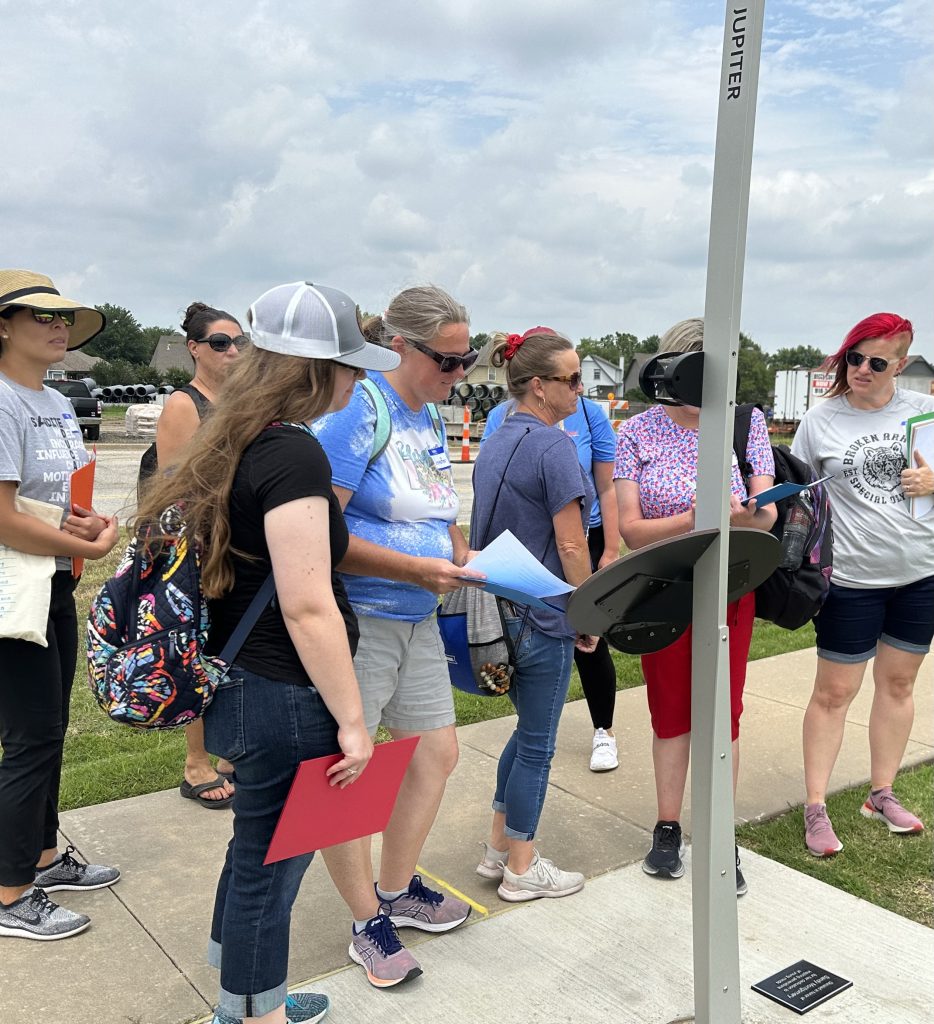
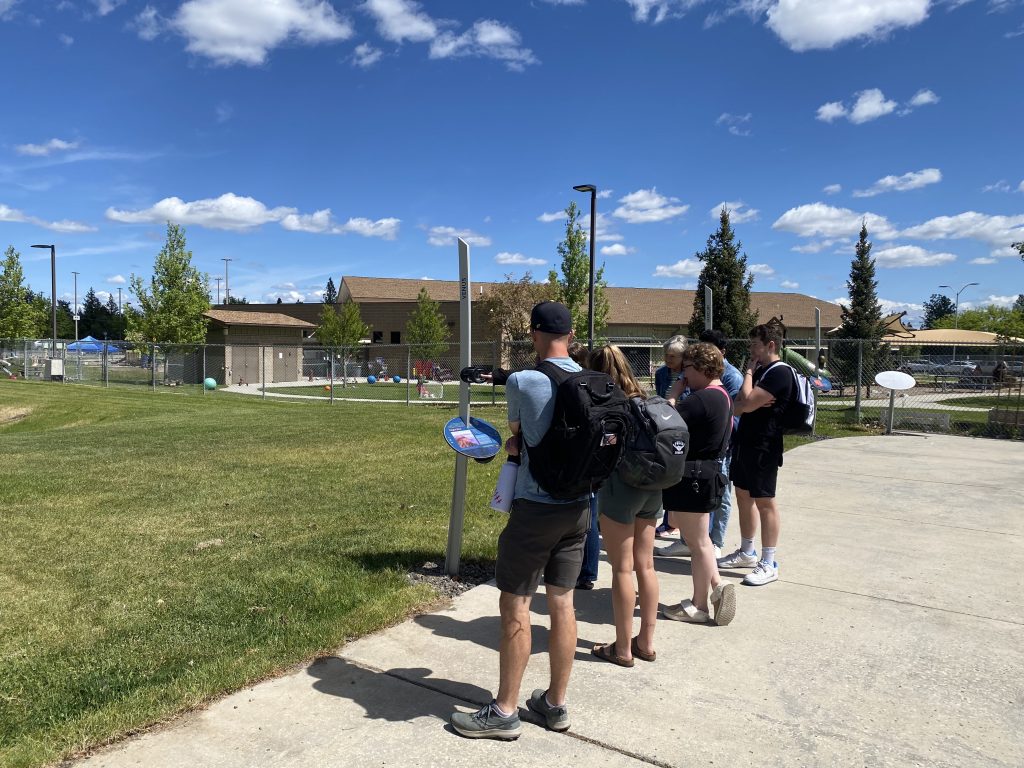
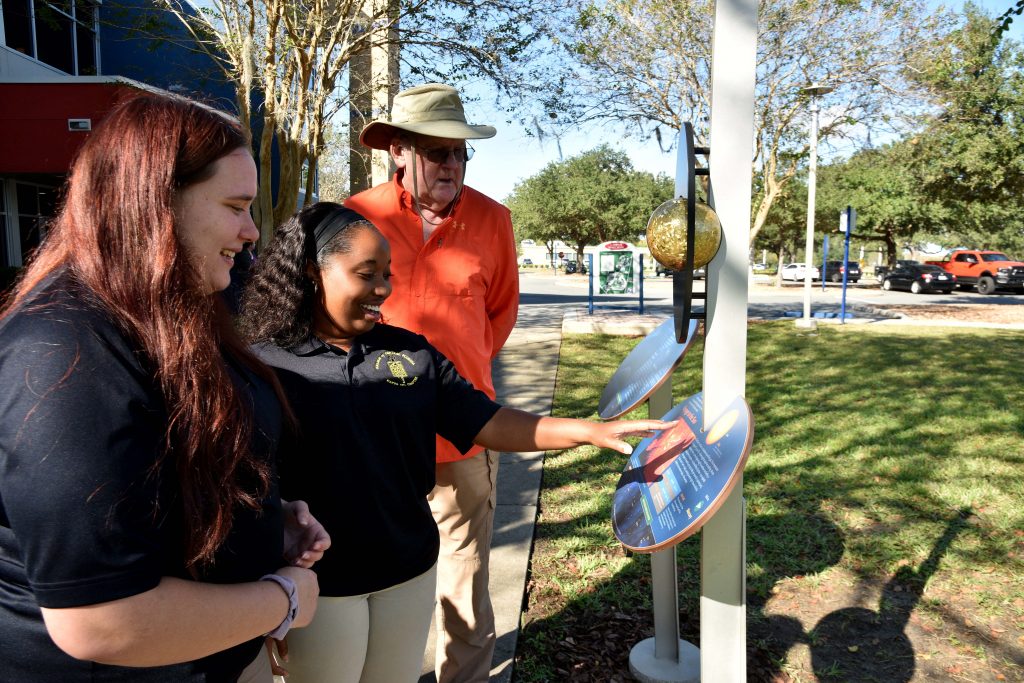
Comments are closed.